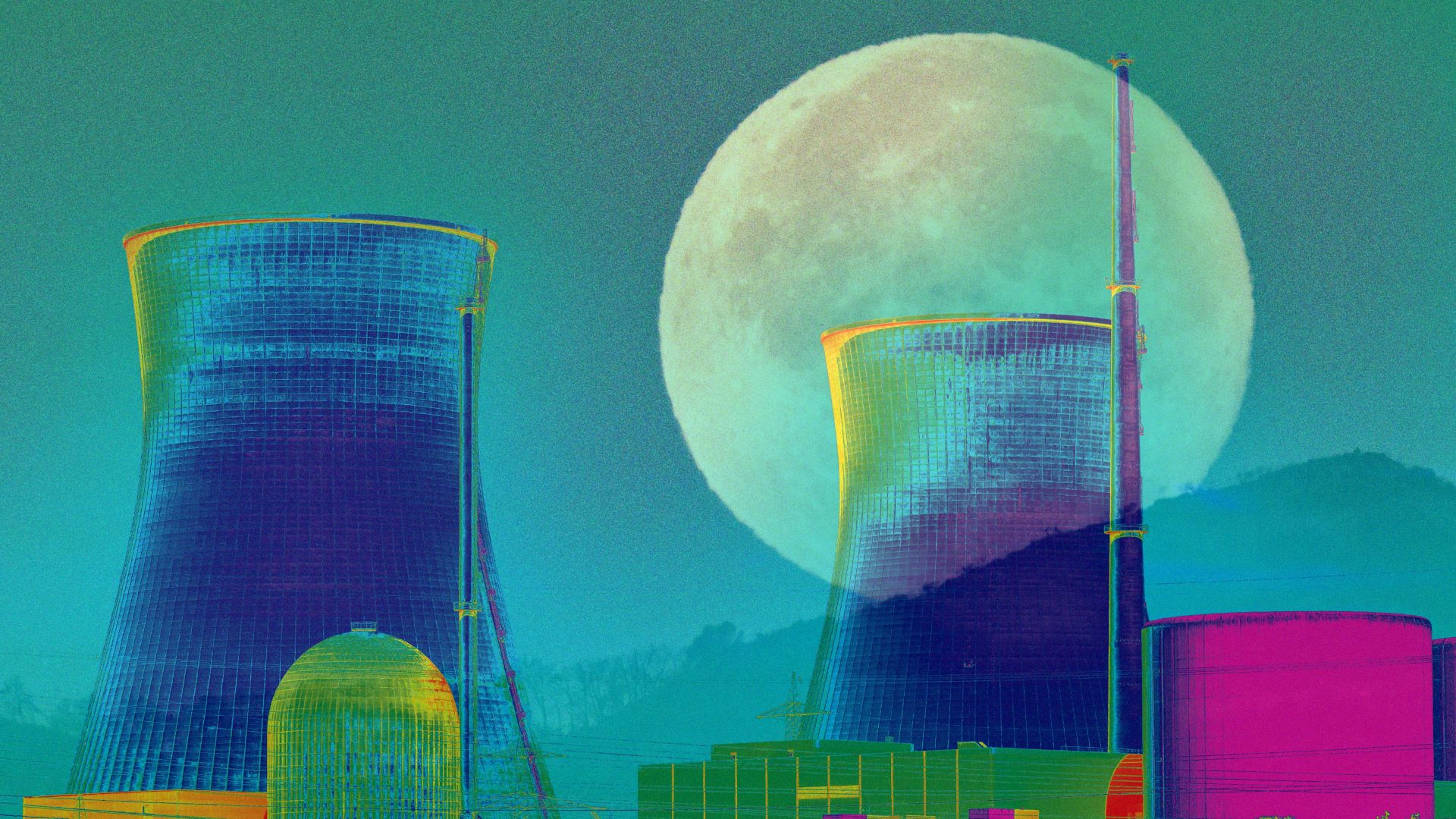The first thing to say about the suggestion by Sean Duffy, the former lumberjack champion who is now the current acting administrator of Nasa, that the US space programme intends to build a nuclear reactor on the moon by 2030 is that not everything about this idea is gold-plated lunacy. Most space experts agree that if there is to be a substantial, permanent human presence on the moon – a moonbase – then it will need to be nuclear powered.
Nowhere on the moon receives enough steady sunlight to make large-scale solar energy generation viable: the lunar “day” is in effect two weeks of sunlight and two of darkness. And given that fuel is already the biggest part of a rocket’s launch mass, it would be crazy to imagine shipping substantial amounts of fuel all the way to the moon.
Nuclear power was in fact already used by the Apollo 12 mission, which converted the heat from decay of a small uranium source into electricity; similar small devices have been used on several uncrewed spacecraft. In 2023 the UK government awarded the UK Space Agency a £2.9m deal to work with Rolls-Royce (which makes small nuclear reactors for submarines) on a nuclear “micro-reactor” for the moon. However, Duffy’s call for at least a 100kW nuclear reactor is of another order.
His announcement raised eyebrows, then, not so much because a nuclear reactor on the moon is an inherently absurd prospect but because of the context in which it has been proposed. The Trump administration proposes to slash Nasa’s budget by an eye-watering 24% and has already shed 2,600 of its 17,000 staff. This will spell doom to several exciting uncrewed missions to other worlds in our solar system that the agency had planned, including one to Venus.
The reactor scheme only makes sense in a programme that intends to prioritise human space exploration – a plan with little scientific value and which would be more about nationalistic spectacle and bombast, a return to the early days of the space race, when the goal was to be the first to leave footprints in moon dust.
To some, the reactor plan signifies a land grab. Once you have a nuclear plant in place, you can effectively claim sovereignty of the ground on which it stands – and never mind the 1967 Outer Space Treaty, which prohibits national territorial claims on the moon or other planets. Duffy admits the plan was spurred by fears of a joint Russian-Chinese lunar reactor scheme that could effectively create an exclusion zone on the moon. “We’re in a race to the moon,” he said. “There’s a certain part of the moon that everyone knows is the best. We want to get there first and claim that for America.”
To do what, exactly? He didn’t say. It’s conceivable that a crewed lunar astronomical observatory could do some good science, but Duffy has offered no indication of what a reactor would be there for.
Suggested Reading


Trump’s war on scientific truth
All this is depressing enough for those in Nasa who have seen the agency achieve wonders of space science, from the Voyager missions and Viking Mars landers of the 1970s to the plucky Mars rovers Spirit and Opportunity. What’s more, Duffy’s announcement seems crazily premature. Nasa doesn’t even currently have a means of getting people to the Moon, let alone transporting the materials needed to establish a substantial base worth powering. Right now it feels about as realistic as unveiling plans (and truly I don’t want to give Trump ideas) to erect a tower block on Mars.
Nasa does actually have a project to return humans to the moon by 2027 (even if it has scrapped its promise to deliver the first woman and person of colour to the lunar surface). The project is called Artemis – and many fear that a series of setbacks and now the Nasa funding cuts have placed it in jeopardy. Besides, Nasa’s astronaut flights currently rely on the Dragon capsule of Elon Musk’s SpaceX – which Musk petulantly threatened to withdraw during his recent tiff with the US president. Those of us who have long been saying Nasa is foolish to make itself so reliant on such an erratic contractor are now pursing our lips.
There is simply nothing about this latest announcement that is indicative of joined-up thinking in the space agency. With arch British understatement, planetary scientist Simeon Barber of the Open University told the BBC, “If you’ve got nuclear power for a base, but you’ve got no way of getting people and equipment there, then it’s not much use”.




